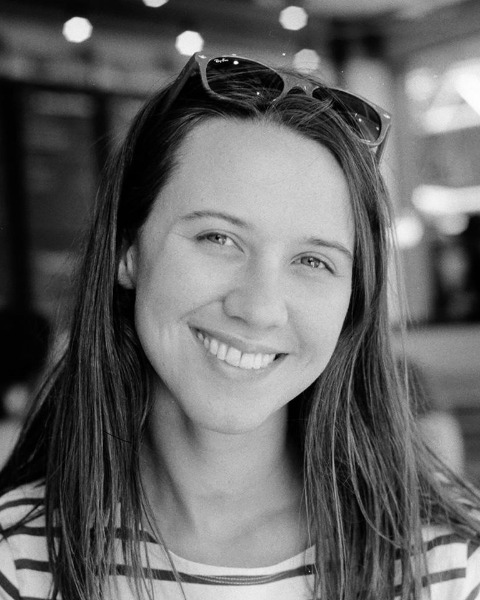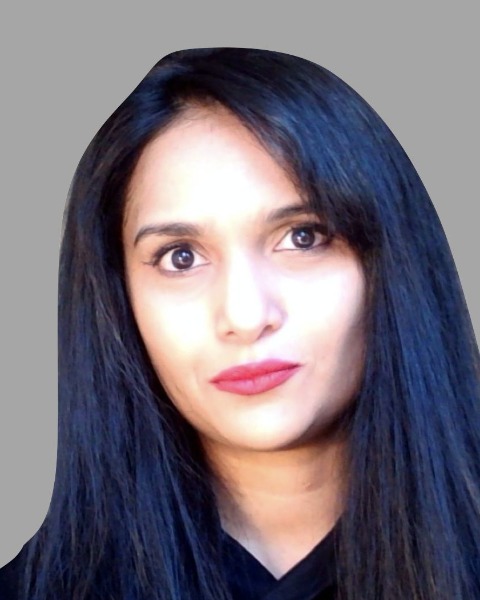Rapid Fire Abstracts
Effects of software on myocardial T1 measurements: a 3 T multicenter single vendor phantom study (RF_SA_480)
- DA
Daniel Atkinson, MSc
DPhil Student
University of Oxford, United Kingdom - DA
Daniel Atkinson, MSc
DPhil Student
University of Oxford, United Kingdom 
Iulia Popescu, PhD
Research Associate
Oxford Centre for Clinical Magnetic Resonance Research, United Kingdom
Katharine Thomas, MBBS
Clinical Research Fellow
University of Oxford
OCMR, United Kingdom- CY
Chun-Ho Yun, MD
Director
Mackay Memorial Hospital, Taiwan (Republic of China) - KW
Konrad Werys, PhD
University of Oxford Centre for Clinical Magnetic Resonance Research, United Kingdom
- MB
Matthew K. Burrage, MD, PhD
Research Fellow
University of Oxford, United Kingdom 
John Greenwood, MBChB, PhD, FRCP, FSCMR, FACC, FESC, FBCS, FICS
Professor/Director
Baker Heart and Diabetes Institute
Melbourne University, Australia
Betty Raman, MBBS FRACP DPhil
Associate Professor of Cardiovascular Medicine
University of Oxford, United Kingdom- RG
Ricardo A. Gonzales, DPhil, FSCMR
Research Fellow
University of Oxford, Peru - YK
Young Jin Kim, MD, PhD
MD
Research Institute of Radiological Science, Yonsei University College of Medicine,, Republic of Korea - RS
Rosa M. Sanchez Panchuelo, PhD
Clinical Scientist Trainee
University Hospitals Birmingham NHS Foundation Trust, United Kingdom - ND
Nigel P. Davies, PhD
Lead MRI Physicist
University Hospitals Birmingham NHS Foundation Trust, United Kingdom - KC
Kelvin Chow, PhD
MR Collaboration Scientist
Siemens Healthcare Ltd., Canada, Canada 
Stefan Neubauer, MD, PhD
Professor
Oxford Centre for Clinical Magnetic Resonance Research, United Kingdom
Stefan K. Piechnik, PhD, FSCMR
Professor of Biomedical Imaging
University of Oxford, United Kingdom
Vanessa M. Ferreira, MD, PhD, FSCMR
Professor of Cardiovascular Medicine
University of Oxford, United Kingdom
Presenting Author(s)
Primary Author(s)
Co-Author(s)
T1-mapping is widely used for tissue characterisation, but lack of reproducibility between sites, necessitates time-consuming collection of normal ranges [1]. Previous work with phantoms suggests that when software version is conserved, high reproducibility across sites is possible [2]. Here we apply the same methodology to data from scanners that have been upgraded to a newer software version.
Methods:
3T phantom data from 12 sites on Siemens version VE11 was compared to a large dataset collected at a single centre on an older software version (VB17). Reference T1 (inversion recovery series accelerated by turbo spin echo) and T2 (multi spin-echo) maps were collected in addition to 10+ ShMOLLI T1 maps. The temperature was also measured. Average values per tube were calculated within a conservative circular ROI.
The Oxford dataset had previously been used to characterise the relationship between T1 and temperature as well as to fit a model that predicts ShMOLLI T1 based on reference T1 and T2 [2].
The original model was applied to the multicentre data as well as a modified model scaled by a fixed percentage. An appropriate scaling value was reached by iteratively calculating the median of percentage deviation (ΔT1).
Reference and ShMOLLI T1 data for water phantoms produced in a single batch were temperature-corrected and compared using a Mann-Whitney U test
Results:
None of the scans passed the original QC model (fig. 1). The QC model was modified to adjust ShMOLLI T1 value predictions by -3.2%, reflecting the overall bias in T1 values on the newer software version.
After modified QC 177 out of 235 individual T1 scans fell entirely within the acceptance range (fig. 2). One site had failed to install the study protocol and used a different method. 3 sites had scans with an insufficient pause for recovery before T1 mapping. 3 sites showed different T1 values for slice positions further from the reference scans which is believed to be due to cracks in the gels. 2 sites showed an as yet unexplained pattern of deviation – possibly due to temperature differences to the reference scans.
A 6% decrease in ShMOLLI water T1 values was observed between the original Oxford dataset and data that pass modified quality control on new software versions (p < 0.0001 – figure 3). A smaller 3% change was also observed in the reference T1 values (p = 0.007).
Conclusion:
The previously described QC is able to detect even relatively minor changes to T1. Adapted versions of the method retain sensitivity to other previously demonstrated major deviations. The impact on T1 values due to software change is unlikely to greatly affect clinical use of values but it would be impactful for studies of smaller effects such as diffuse fibrosis. This result suggests that it is important to report software version for T1-mapping. The underlying physical causes of such changes deserve further scrutiny.

